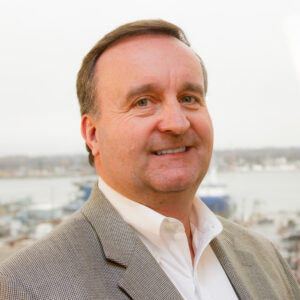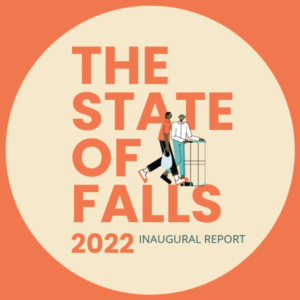OSHA targets SNFs with new safety program
Nursing homes and other LTC facilities are the focus of a new National Emphasis Program (NEP) through the Occupational Safety and Health Administration (OSHA) to protect workers from serious safety and health hazards that are common in the healthcare industry.
For this NEP, OSHA will target facilities with a days-away-from-work rate of 10 or higher per 100 full-time workers.
The NEP will provide guidance to OSHA compliance staff on the policies and procedures for targeting and conducting inspections specifically focused on the hazards associated with nursing and residential care. These hazards include exposure to blood and other potentially infectious material; exposure to other communicable diseases such as tuberculosis; ergonomic stressors related to lifting patients; workplace violence; and slips, trips and falls. Workers also may be exposed to hazardous chemicals and drugs.
In 2010, according to the U.S. Department of Labor’s Bureau of Labor Statistics, LTC facilities experienced one of the highest rates of lost workdays due to injuries and illnesses of all major American industries. The incidence rate for cases involving days away from work in the nursing and residential care sector was 2.3 times higher than that of all private industry as a whole. The data further indicate that an overwhelming proportion of the injuries within this sector were attributed to overexertion as well to slips, trips and falls. Taken together, these two categories accounted for 62.5 percent of cases involving days away from work within the industry in 2010.
To view the NEP directive, click here. To view information for employers and employees in LTC facilities, including guidance on ergonomics and workplace violence, click here.
Read more
Nursing homes: More dangerous than coal mines?
I Advance Senior Care is the industry-leading source for practical, in-depth, business-building, and resident care information for owners, executives, administrators, and directors of nursing at assisted living communities, skilled nursing facilities, post-acute facilities, and continuing care retirement communities. The I Advance Senior Care editorial team and industry experts provide market analysis, strategic direction, policy commentary, clinical best-practices, business management, and technology breakthroughs.
I Advance Senior Care is part of the Institute for the Advancement of Senior Care and published by Plain-English Health Care.
Related Articles
Topics: Regulatory Compliance , Staffing











